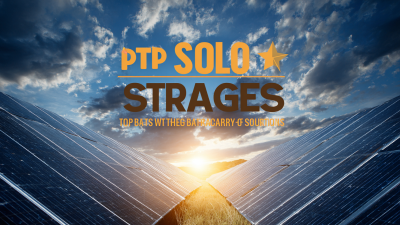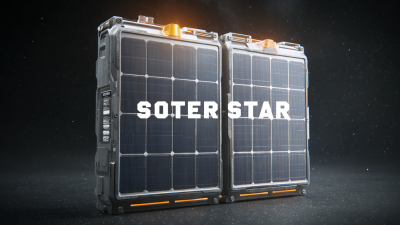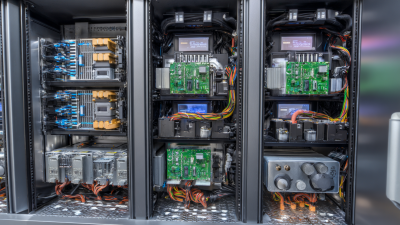In the quest for sustainable energy solutions, optimizing Solar PV and Battery Storage systems has become paramount for maximizing efficiency. As the demand for renewable energy sources grows, understanding how to effectively integrate solar power generation with robust battery storage capabilities is crucial. This synergy not only enhances energy independence but also helps in reducing reliance on fossil fuels, thereby contributing to a greener planet. By focusing on innovative strategies and best practices, individuals and businesses can unlock the full potential of Solar PV and Battery Storage technologies. This article delves into the essential techniques and considerations that can lead to improved performance and cost-effectiveness, paving the way for a more sustainable energy future.
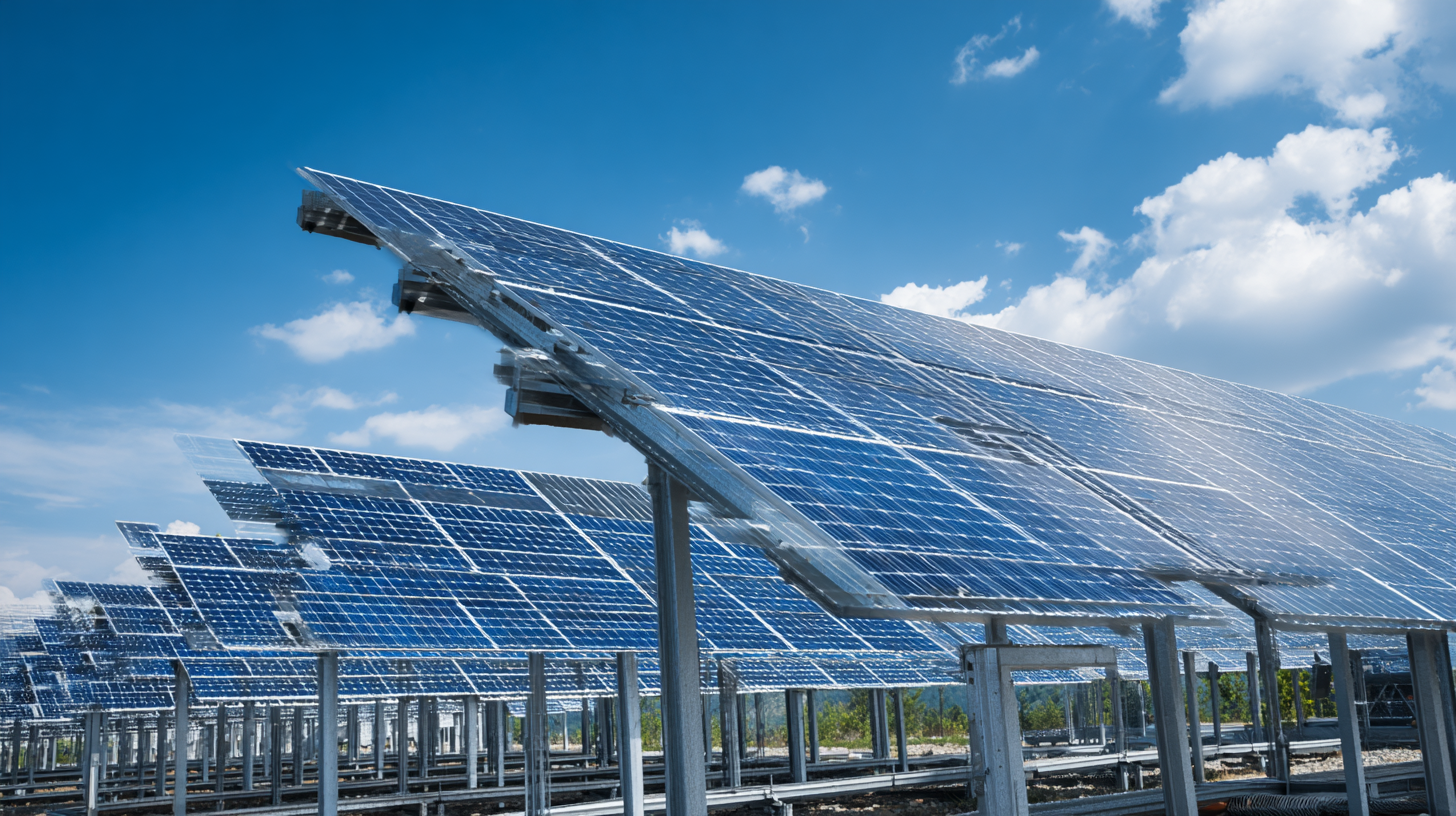
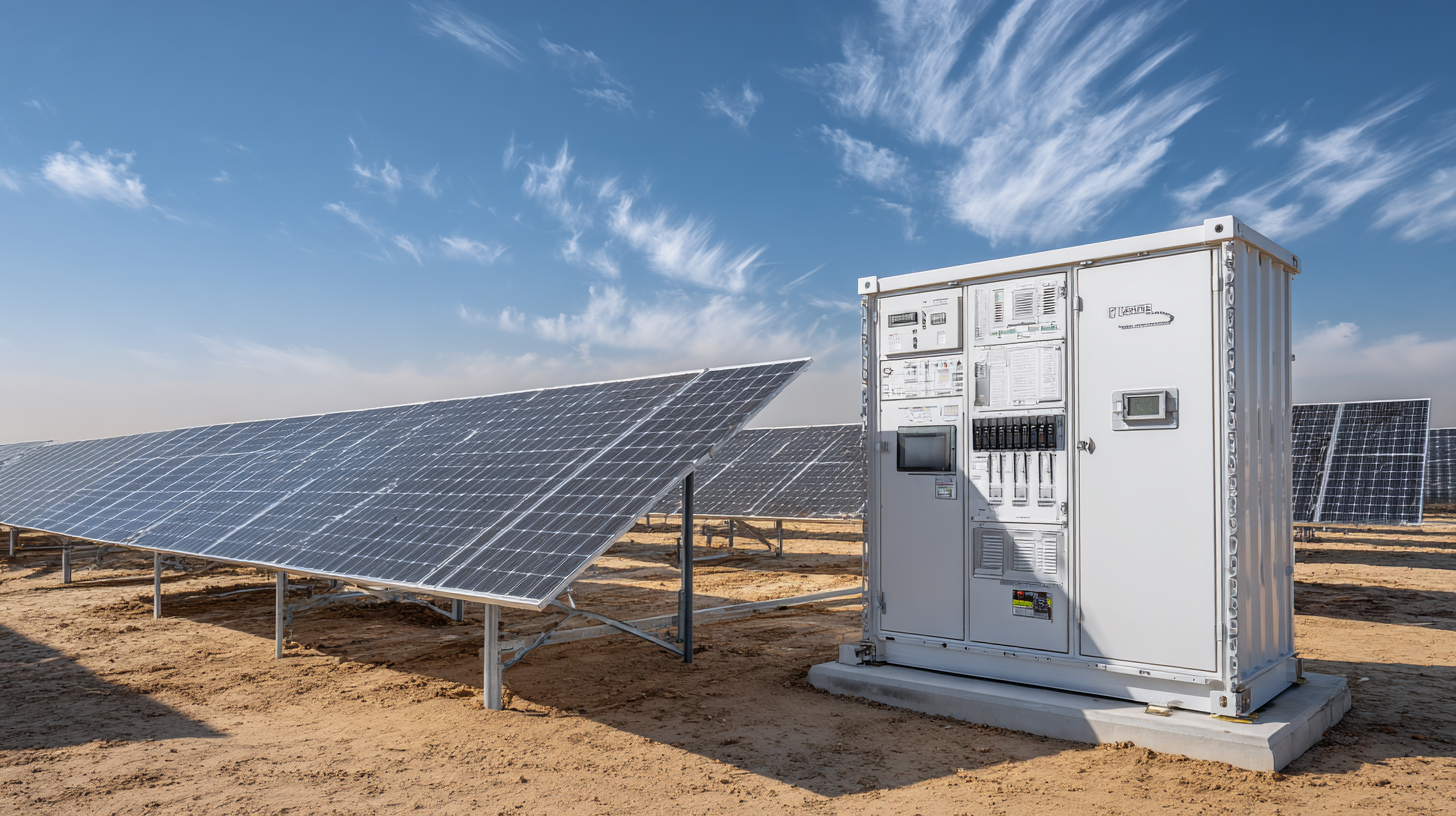 Optimal solar panel placement is crucial for enhancing energy collection and maximizing the efficiency of solar PV systems. Studies indicate that solar panels generate about 20-25% more electricity when installed in optimal locations, taking into account shade, tilt, and orientation. Placing solar panels at a south-facing angle can capture more sunlight throughout the day, particularly in the northern hemisphere, where this orientation allows for maximum exposure to the sun's path.
Optimal solar panel placement is crucial for enhancing energy collection and maximizing the efficiency of solar PV systems. Studies indicate that solar panels generate about 20-25% more electricity when installed in optimal locations, taking into account shade, tilt, and orientation. Placing solar panels at a south-facing angle can capture more sunlight throughout the day, particularly in the northern hemisphere, where this orientation allows for maximum exposure to the sun's path.
Tips:
1. Assess shading: Before installation, analyze your space to identify potential shade from trees, buildings, or other obstructions. Avoiding shaded spots can significantly improve energy output.
2. Consider tilt angle: The optimal tilt for solar panels varies by latitude. Many experts recommend an angle that equals the latitude of your location for seasonal adjustment, ensuring that panels capture the sun's rays effectively year-round.
Implementing these strategies can lead to significant improvements in energy yield. According to the National Renewable Energy Laboratory (NREL), optimized solar panel placement can enhance overall system performance by up to 30%. By integrating battery storage solutions, homeowners can further increase efficiency, allowing for better energy management during peak demand periods.
When selecting the right battery storage system for your energy needs, it's crucial to consider several key factors. First, evaluate your energy consumption patterns. Understanding peak usage times and total daily energy needs will help you choose a battery with the appropriate capacity. For instance, if your household uses more energy during the evenings, a battery with a higher output during those hours can ensure you harness the power generated by your solar PV system effectively.
Additionally, consider the type of battery technology that suits your requirements best. Lithium-ion batteries are popular for their efficiency and longevity, but they may come with a higher upfront cost. On the other hand, lead-acid batteries, while more affordable, usually have a shorter lifespan and lower depth of discharge. Assessing your budget alongside these technical specifications will enable you to make an informed decision. Finally, don’t forget to account for compatibility with your solar PV system. Ensuring that the battery system integrates seamlessly with your existing setup can maximize your investment in renewable energy solutions.
Implementing Smart Energy Management Systems (SEMS) plays a crucial role in optimizing solar photovoltaic (PV) and battery storage for maximum efficiency. These systems utilize advanced algorithms and real-time data analytics to monitor and control energy production and consumption. By integrating solar PV output with battery storage levels, SEMS can predict peak demand times and manage energy dispatch accordingly. This not only enhances the utilization of generated solar energy but also minimizes reliance on the grid during high-cost periods.
Moreover, SEMS can incorporate machine learning techniques to adjust energy management strategies dynamically. By analyzing historical consumption patterns and environmental variables, these systems can forecast solar production and adjust battery charging or discharging schedules to align with user needs efficiently. This intelligent optimization not only helps in reducing energy costs but also extends the lifespan of battery systems by preventing overcharging or deep discharging. Consequently, the integration of smart energy management becomes a vital tool in achieving sustainable energy use and enhancing the overall efficiency of solar PV and battery storage systems.
| Optimization Technique | Description | Impact on Efficiency (%) | Implementation Cost ($) | Payback Period (Years) |
|---|---|---|---|---|
| Smart Inverters | Automatically adjust output based on grid demands. | 15 | 2,500 | 5 |
| Battery Management Systems | Enhances lifespan and efficiency of battery storage. | 20 | 1,800 | 3 |
| Energy Monitoring Software | Tracks energy usage and optimizes consumption. | 10 | 1,200 | 2 |
| Demand Response Systems | Shifts energy usage during peak hours. | 18 | 3,000 | 4 |
| PV System Upgrade | Replacing older panels with high-efficiency models. | 25 | 5,000 | 5 |
Load shifting is a crucial technique for maximizing energy usage in solar PV and battery storage systems. By strategically managing energy consumption, homeowners can take full advantage of solar energy production and battery discharge times. This approach minimizes reliance on grid electricity during peak hours, which can significantly reduce energy costs.
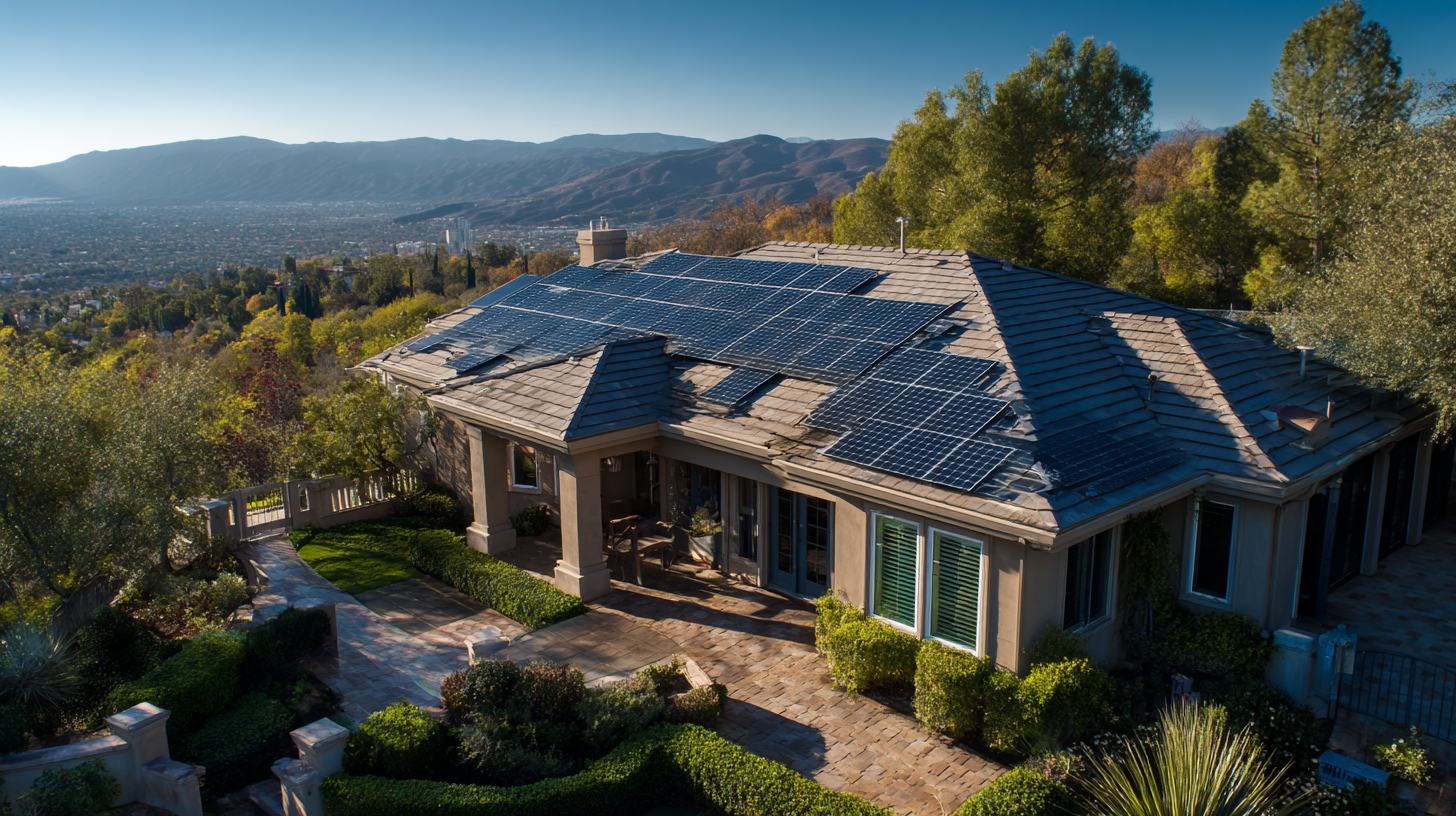
One effective load-shifting strategy is to time energy-intensive activities, such as washing clothes or running the dishwasher, during the day when solar production is at its peak. This not only allows you to use renewable energy directly but also helps you avoid drawing power from the grid when demand and prices are highest. Additionally, consider programming smart home devices to operate primarily during these optimal solar production times.
Tip: Invest in smart home technology that can automate the timing of your appliances. This ensures that they work seamlessly with your solar energy output and enhances the efficiency of your overall energy system. Moreover, monitor your energy usage patterns to identify areas where load shifting can be further optimized, potentially leading to even greater savings on your utility bill.
Regular maintenance practices are pivotal to ensuring the peak performance of solar photovoltaic (PV) systems and battery storage. According to the National Renewable Energy Laboratory, well-maintained solar panels can increase energy output by up to 20% compared to neglected systems. A comprehensive cleaning schedule, typically recommended every six months, safeguards solar panels from dust, debris, and other obstructions that can inhibit sunlight absorption. Additionally, regular monitoring of the system’s performance through advanced software can help in identifying inefficiencies or malfunctions before they escalate into more serious issues.
Battery storage systems also require diligent upkeep to maximize their lifespan and efficiency. The U.S. Department of Energy suggests that regular checks on the battery's state of charge and health can extend its lifetime significantly—by as much as 50%—if any anomalies are addressed promptly. Implementing routine inspections can also ensure that connections remain tight and corrosion-free, which is critical for maintaining optimal energy discharge rates.
Adopting these maintenance practices not only enhances the operational efficiency of solar PV and battery systems but also contributes to a more sustainable energy future.
